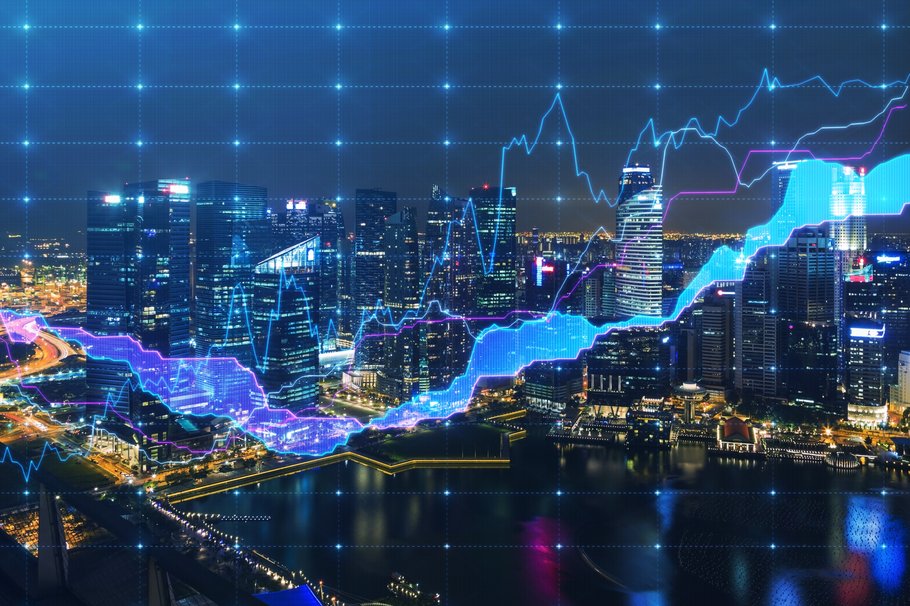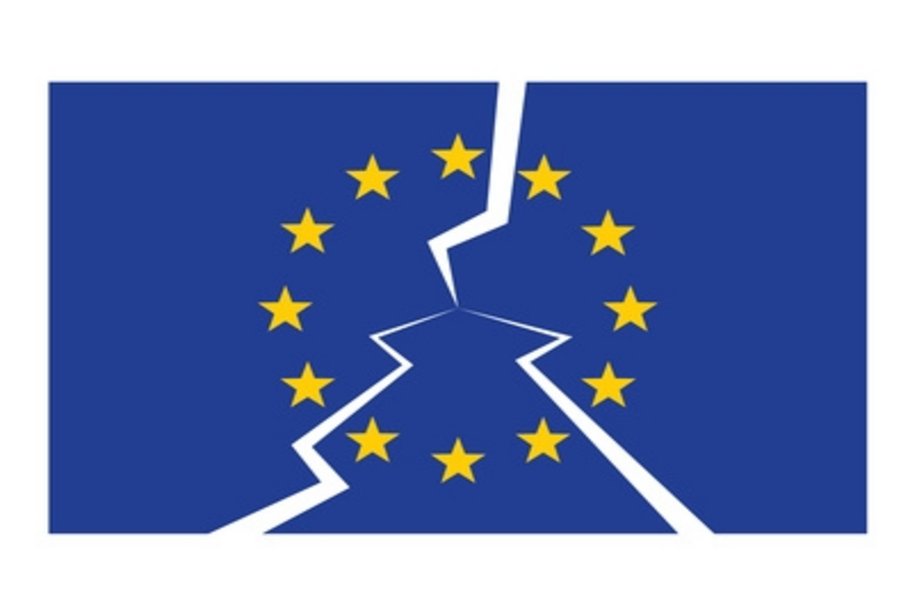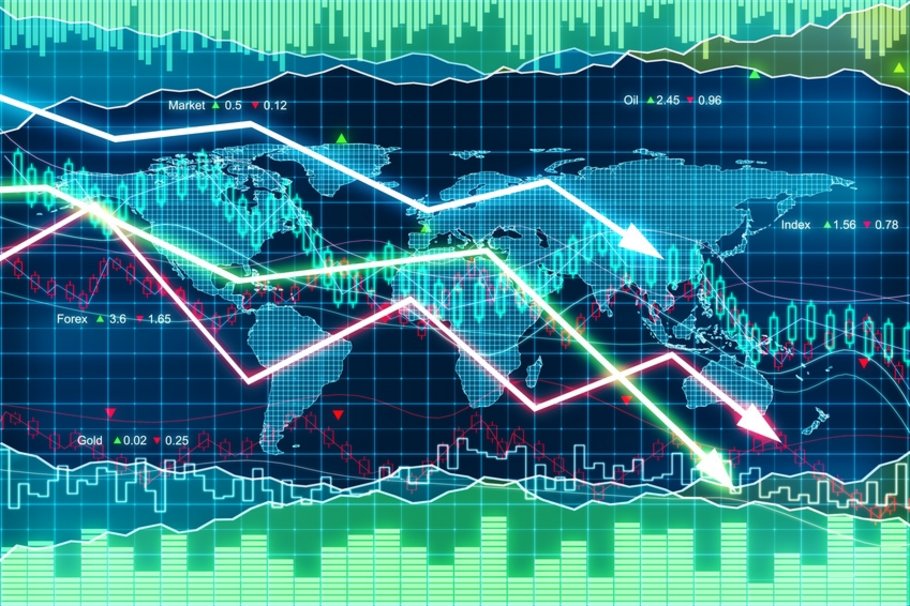The Iranian proverb "A drowning man is not troubled by rain" captures why Iran and the US were and are almost desperate to strike a deal to lift Iranian sanctions.
For Iran, the harsh sanctions in place since 2012 are crippling the economy and making the country less and less dominant within the region. For the US, Washington is increasingly struggling to formulate a coherent Middle East strategy which caters to its "special" relationship with Israel, Saudi Arabia, the Gulf States, and Iran.
As such, it sees a need to move Iran back online and, through the re-establishment of diplomatic and commercial ties, maintains its role as a supplier of protection and stability.
There are so many potential interpretations of this deal, but in terms of business prospects, the oil supply story is the dominant one.
The negative impact: oil price under pressure
According to the International Energy Agency, Iran produced 2.87 million barrels/day of oil in July 2015 and the most optimistic forecasts expect this total to rise to 3.4-3.6 million b/d by Q2'16 – an increase of 500-700,000 b/d. This potential new supply from Iran has seen oil prices sink to below $40/b (WTI) before the recent reaction higher.
What makes the oil market defensive is not only the potential addition of Iranian oil, but also a US oil sector which continues to pump 700,000-1,000,000 b/d more than last year and 222 million barrels in floating storage. To put this into context, the daily global production of oil is 95 million b/d for 2015, but the IEA sees this growing by two million b/d over the next two years.
The low oil prices will deflate activity in the region and put upward pressure on governments to facilitate investment and jobs away from the oil sector. A much-needed change is now being forced on governments through extremely low oil prices.
Saxo Bank expects that oil demand will rise in line with the IEA’s two million b/d estimate and maybe slightly more as we remain positive on global demand seeing its low between now and Q1'16.
The extra two million b/d should mean that by the time Iran is fully able to export more oil, the market should have a larger overall appetite. I see oil averaging $50/b for balance of this year and $55-60/b next year, meaning the worst period lies between now and the next three months.
Positive impacts: Iranian CAPEX spending, tourism
We have to understand that by the time Iran fully complies with all the conditions in the deal, we will be into the second quarter of 2016.
Furthermore, lifting the sanctions does not mean that Iran is able to float the world with oil starting on day one, as Tehran's access to capital and hence investment in the oil sector has obviously been constrained.
The Iranian government estimates that it needs $200 billion in new oil and gas investment by 2020. More support for CAPEX will come through the release of $100 billion worth of frozen assets which will most likely be used to invest in infrastructure and oil and gas investments, meaning Iran will represent a net demand on regional oil services and equipment.
Iranians will also slowly start to travel (as we saw in China and Eastern Europe), facilitating a much-needed increase in tourism to the Gulf region. Add to this the fact that economic theory states that free trade and open borders create a net gain, and one can gain a larger perspective on this event and its implications.
Geopolitical risks and black swans
It’s both impossible and naïve, however, to refrain from analysing the potential geopolitical fallout from the deal, or what we might call the "black swan" risk.
Israel is fiercely fighting the deal and is using its political leverage in Washington to get it scrapped. At present, it looks like the deal will be a close race as US president Barack Obama is getting closer to obtaining the necessary votes but is still short, leaving his veto as a potential second-best solution to ratifying the deal.
The Gulf states have been publicly positive from a diplomatic perspective, but it seems that the deal is raising concerns about security and its standing vis-à-vis the US in private. This comes at a time when the US is becoming energy-independent, hence the fear is that the US increasingly will reduce its strategic and military involvement.
How the Iran deal ends up changing the business landscape in the Gulf Region over the next few years is path-dependent: If Iran complies fully, moves towards normalisation and opens its borders, the deal will strengthen the region. More openness, more open borders, more influence and increased commercial ties will improve conditions not only for Iranians but for the whole region.
History dictates that the more business is done over borders, the richer the countries involved. Add to this the release of pent-up demand for foreign goods and services from 77 million Iranians and Iran could very well be the positive factor for regional growth in 2016 and 2017.
On the other hand, if this proves a "one step forward/two steps back" scenario, then not only Iran but the whole region as well will be worse off in terms of both economics and stability.
Having a plan and an agenda is better than the opposite. The plan is flawed, but this still represents a move in the right direction so that Iran and the greater region can use its energy and resources to build on the positive changes that have transpired in their economies and business since the 1960s.
In others word, the region is not drowning, but it’s getting more and heavy rain. Let’s hope the downpour will fertilise the ground...
I think it will.
Author:
Steen Jakobsen, Chief Economist & CIO / Saxo Bank






